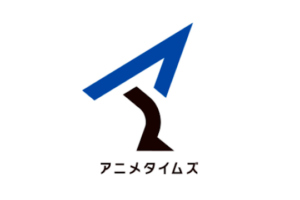Many Indians have heard about one of the most popular Japanese anime in the world: Doraemon, but did you know it’s actually based on a manga series? Doraemon is one of the best-selling manga all over the world. The series has over 100 million copies sold to date. For those who love Japan, anime is probably one of the first things they think of. In India, it’s way more well known than manga and has huge importance in bringing the two cultures together. But is anime really that popular than manga in Japan?
The unique fact is, anime is not what dominates the Japanese entertainment industry, it is manga. Manga is the bigger art form that infiltrates every aspect of Japanese society and in comparison, the influence of anime is lesser.
To understand why we need to a look at the history of the art form. There’s a reason for manga’s popularity in Japan. Let us find out more!
 Image by Miika Laaksonen
Image by Miika Laaksonen
Overview of manga culture
In India, we describe manga as Japanese comic books. However, unlike comic books in India and the US, manga is one of the most important educational tools in Japan. In theory, manga can be something broad and constitute both Japanese comics or graphic novels, but they are recognized due to a particular artistic style that’s popular in Japan.
Manga can have multiple formats. It can be a serialized black and white magazine or long graphic novels from any genre. Manga franchises today cover everything from romance (Shoujo) to action and adventure (Shonen) to sports, slice-of-life content, and even business. Sometimes manga is based on live-action movies or TV shows, or vice-versa. The usual format of manga is in black and white, but there are sometimes colored volumes available too.
History of manga
Manga may seem modern, considering how recently its impact has reached India and the West, but it actually has an extremely long history. In fact, you can trace it back to the Japanese art form Emakimono from the 12th Century.

Image Credits
During the Edo period, around the late 18th Century, this art form became a major part of the Japanese culture. Few mangakas began publishing picture books, and some were even mass-produced using woodblock printing. In many Japanese historical references, woodblock printed art is considered to be a few of the world’s first comic books.

Katsushika Hokusai, “The Great Wave off Kanagawa,” ca. 1829-1833 Image Credits
Manga expanded through Japan during the end of the Edo period around the Meiji Restoration phase where Japan initiated extensive foreign trade. However, after World War II, the manga culture exploded. Japanese economic growth as well as the parallel influence of American comics brought over by soldiers created a scope of universal creative innovation.
Who reads manga in modern times?
Generally speaking, everyone in Japan! Unlike in India and the US, where comic books are usually associated with children, in Japan, it is consumed by every age group! People of all ages, genders, and interests read manga. You’ll see kids reading manga in a park or senior people reading it on the bus. Manga today is the most common way to tell a story in Japan.
The cultural impact of manga
If you need proof of the popularity of manga, consider this, according to Exoclick in 2018 The All Japan Magazine and Book Publisher’s and Editor’s Association stated the Manga market was worth 441.4 billion yen (about US$3.96 billion), with the digital Manga market accounting for 44.9% of this (US$1.77 billion).

Manga’s influence has also spread outside of Japan and gained popularity. For example, according to Good Reader, manga accounted for 3.79 billion USD, 24% of the total USA publishing market, exceeding 20% for the first time. Digital manga performed particularly well, increasing 32% to 3.29 billion USD.

 Image by Miika Laaksonen
Image by Miika Laaksonen












